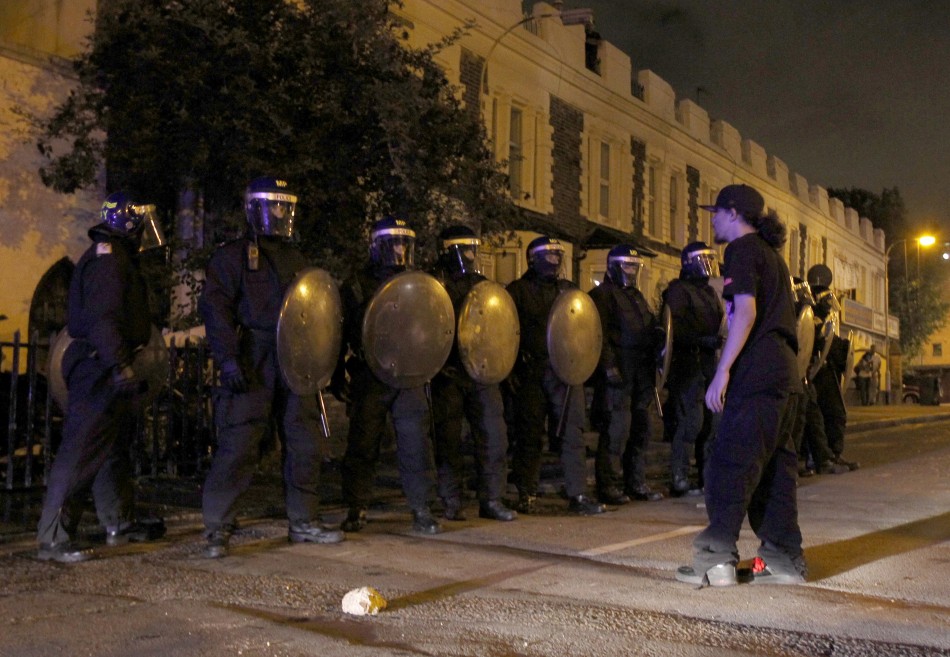London Riots: Defining Images of 2011


Some of the most powerful images of England in 2011 are of looters running from burning buildings as the August riots turned parts of London into a war zone.
Following the police shooting of suspected drug-dealer Mark Duggan, a peaceful protest march in Tottenham dissolved into a violent running battle with police.
Tottenham in north London lit the fuse for severe outbreaks of violence and disorder in Croydon, Brixton, Enfield, Clapham and Wood Green over four days. Rioting spread to Birmingham, Bristol, Manchester and other conurbations.
When the dust settled, more than 100 homes had been destroyed along with dozens of businessess, adding up to around £200 million in damaged property.
A series of police operations followed, with more than 3,000 people arrested and more than 1,000 charged with offences related to the disorder.
The press and public response following the unrest was divided, with many calling for harsher sentences for offenders along with calls for the police to be given more freedom to use force to control crowds.
Others claimed that the scale of the unrest pointed to a decline in relations between police and youth coupled with social exclusion, leading to deep-seated frustration that eventually erupted in violence.
Tottenham MP David Lammy, whose constituency was the trigger-point for some of the worst rioting in a generation, has warned that the social problems highlighted by the riots show no signs of improving. There are fears of fresh outbreaks in 2012.
"We need politicians of all political parties to attend to these issues or it could happen again," he told The Independent.
"What we saw was not just a battle against the police: it was a battle within and across community,"
© Copyright IBTimes 2025. All rights reserved.





















